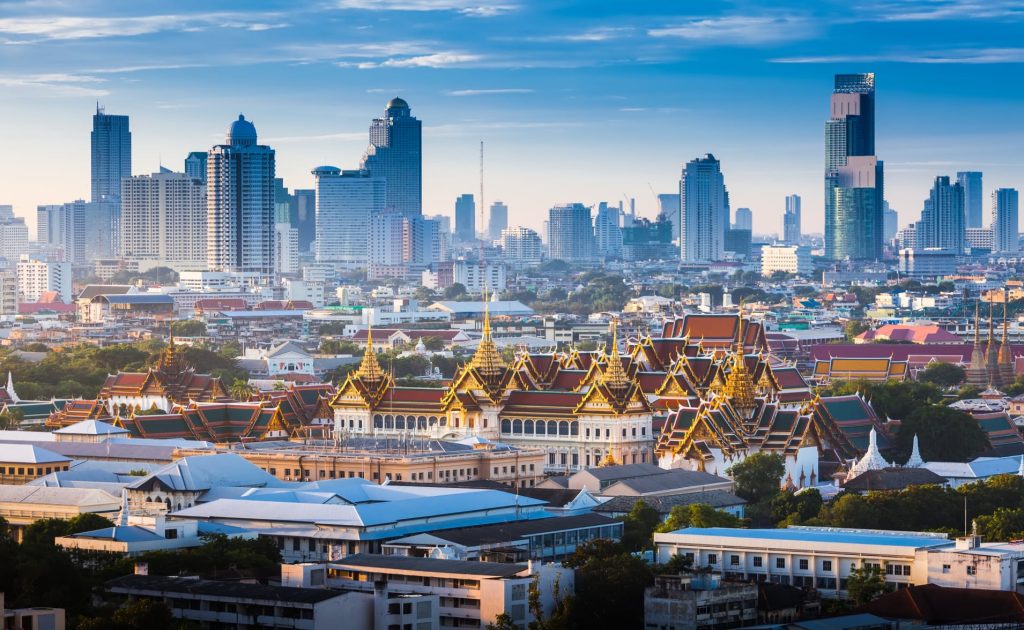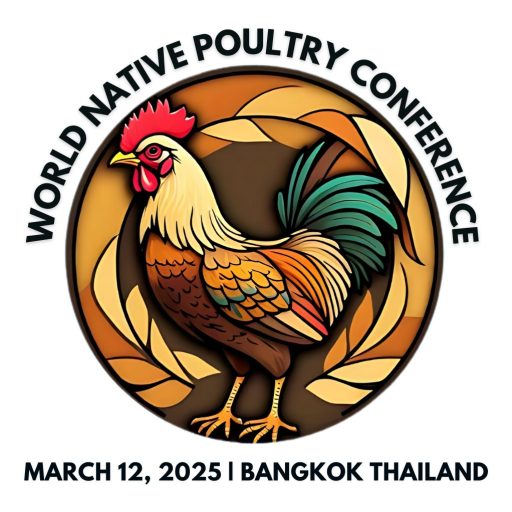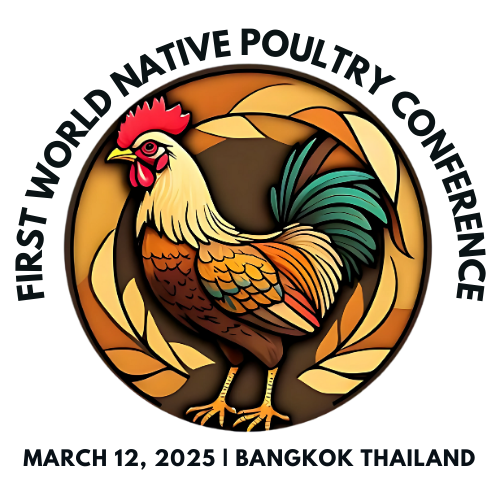Welcome to Bangkok, Thailand
Bangkok, a city of vibrant contrasts, officially known in Thai as Krung Thep Maha Nakhon and more casually as Krung Thep, stands as the heart and soul of Thailand. Spanning over 1,568.7 square kilometers (605.7 sq mi) along the Chao Phraya River delta, Bangkok holds the title of Thailand’s most populous city. As of 2021, its bustling streets were home to approximately 9.0 million people, comprising 13% of the nation’s population. Yet, Bangkok’s influence extends far beyond its official borders. The surrounding Bangkok Metropolitan Region shelters over 17.4 million people, representing 25% of the country’s population and solidifying Bangkok as an immense “primate city” that towers over Thailand’s other urban hubs, both in scale and economic significance.
Bangkok’s origins can be traced back to the 15th century, when it was merely a small trading post during the Ayutthaya Kingdom. Over time, this humble outpost grew, evolving into two capital cities: Thonburi in 1767, followed by Rattanakosin in 1782. During the 19th century, as Western influence loomed, Bangkok became the center of Siam’s modernization efforts. The city’s prominence continued throughout the 20th century, amid the nation’s political turbulence. As Thailand shifted from absolute monarchy to constitutional rule, Bangkok played a key role, experiencing coups, uprisings, and transitions that shaped the country’s future. By 1972, Bangkok had become a special administrative area under the Bangkok Metropolitan Administration, and its explosive growth in the 1960s to 1980s cemented its role as a powerhouse in politics, economy, and society.
The 1980s and 1990s brought an economic boom, transforming Bangkok into a hub for multinational corporations. The city emerged as a significant player in finance, business, and pop culture, gaining international recognition as a transport and healthcare hub. It also blossomed as a center for the arts, fashion, and entertainment. The streets of Bangkok came alive with energy, attracting tourists from around the world. From the awe-inspiring Grand Palace and iconic Buddhist temples like Wat Arun and Wat Pho, to the vibrant nightlife scenes of Khaosan Road and Patpong, Bangkok quickly became one of the world’s most visited cities, consistently topping international rankings for tourism.
However,
Bangkok’s rapid rise came with challenges. The city’s chaotic growth, combined
with limited urban planning, created a sprawling and disorganized landscape.
Despite a vast expressway system, the overreliance on private cars led to
gridlocked streets and crippling traffic congestion, which in turn resulted in
severe air pollution by the 1990s. In response, the city invested in public
transportation, establishing 10 urban rail lines to combat the congestion. Yet,
even with these improvements, the traffic problem remains a defining feature of
Bangkok’s urban experience.
Bangkok’s
journey from a small trading post to a global metropolis is a tale of resilience,
adaptation, and contrast—where tradition meets modernity, and where beauty
often contends with chaos.


